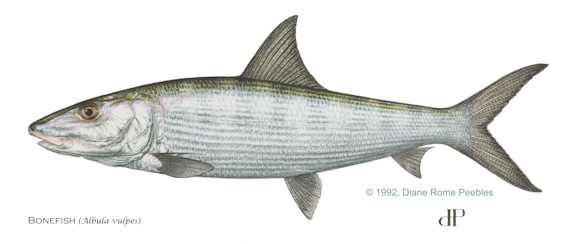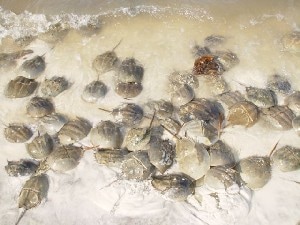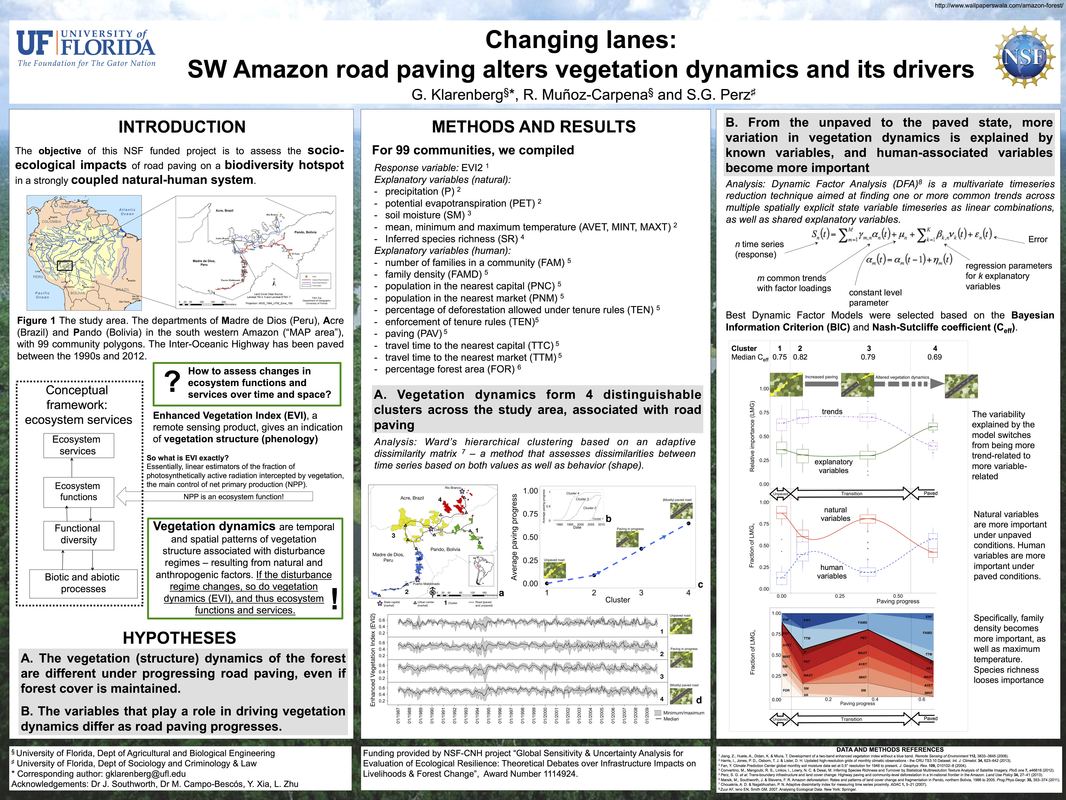Wildlife Ecology and Conservation: invasive species and ticks (2018-current)
|
I am a Postdoctoral Associate at Wildlife Ecology and Conservation (University of Florida), in the lab of Dr Samantha Wisely.
|
I work on a project called "The effect of invasive species on ectoparasite population dynamics". We are focusing on ticks in Florida, specifically the lone star tick (A. americanum) and deer tick (or black-legged tick, I. scapularis). These ticks are largely responsible for the spread of spotted fever and Lyme disease.
Fisheries and Aquatic Sciences: bonefish and horseshoe crabs (2016-2017)
|
I worked as a researcher for Aquatic Sciences and Fisheries (University of Florida), under Dr Mike Allen and Dr Rob Ahrens.
|
|
I did research together with Florida International University (FIU) on bonefish in Florida Bay. Based on Local Ecological Knowledge (LEK), annual estimates of bonefish abundance have been determined and I developed a dynamic population model to assess recruitment and adult mortality. We are working on associating these with environmental variables in the region (climate, salinity, temperature, seagrass, etc). This work was funded by the Bonefish and Tarpon Trust.
|
Click here to learn about bonefish in Florida (photo: FWC)
|
With UF Biology started analyzing a dataset of horseshoe crab catches along the coast of Florida. The Florida Fish and Wildlife Conservation Commission samples bay areas consistently for certain fish, but also records by-catch (such as horseshoe crabs). This dataset has the potential to provide more insight into horseshoe crab abundance, timing of spawning and variables that impact these processes. I am developing an occupancy model for this analysis.
|
Click here to read about horseshoe crabs (photo: FWC)
|
Amazon: vegetation dynamics (2012-2017)
|
I did research for my PhD with the Department of Agricultural and Biological Engineering on vegetation dynamics in a coupled natural and human (CNH) system in the SW Amazon. I successfully defended my PhD on 2 November 2017.
|
|
The Inter-Oceanic Highway runs from the Atlantic Ocean to the Pacific Ocean, and crosses through the Amazon. For an area in the Southwest Amazon, a frontier area where Brazil, Peru and Bolivia meet, we have long-term data for a number of variables. We have data on both social as well as biophysical aspects for 100 communities. By using remote sensing data of vegetation, we wanted to find out whether the paving of the highway (which mostly happened between 2000 and 2010) has impacted the forest - beyond simply deforestation. Remote sensing data captures phenology (the greening and dying of flowers and leaves throughout the year), so if there is a change in these dynamics, we can infer the forest has changed in structure, species, etc.
Simply put: even though there is still forest, has this forest changed? If so, what could have contributed? |
|
Latest news: my poster won 1st place at UF Agricultural And Biological Department's annual poster symposium!
South Africa: water quality management (2004)
In South Africa I did qualitative research (interviews) on the new water quality legislation and policies that were enacted after Apartheid ended. My goal was to paint a picture of relationships between stakeholders and their power dynamics, and gain understanding of the effectiveness of this new legislation.
I focused on two areas where coal mining and phosphate mining took place, and interviewed numerous stakeholders: government officials (national, provincial and local), environmental groups, companies and private citizens - particularly previously disadvantaged groups.
I focused on two areas where coal mining and phosphate mining took place, and interviewed numerous stakeholders: government officials (national, provincial and local), environmental groups, companies and private citizens - particularly previously disadvantaged groups.
Fiji: hydrological/erosion research (2003)
I did research for my (first) Master's thesis in the Fiji Islands. The research was part of a larger, EU Framework funded project called CROPPRO. This project focused on erosion in a small watershed with smallholder and subsistence farmers.
I did field work for the project and collected data on rainfall, soil properties, leaf area index, soil moisture and river levels. For my thesis research I measured infiltration properties (saturated hydraulic conductivity) of soils under different land use, and used a simple model to estimate the water balance. The goal was to get a better understanding of the water balance of a tropical system with volcanic soils, and evaluate the effects of the different types of land use on that water balance.
CROPPRO research webpage (unlikely to load well...)
Wageningen University CROPPRO webpage
I did field work for the project and collected data on rainfall, soil properties, leaf area index, soil moisture and river levels. For my thesis research I measured infiltration properties (saturated hydraulic conductivity) of soils under different land use, and used a simple model to estimate the water balance. The goal was to get a better understanding of the water balance of a tropical system with volcanic soils, and evaluate the effects of the different types of land use on that water balance.
CROPPRO research webpage (unlikely to load well...)
Wageningen University CROPPRO webpage
Australia: ecological flows (2001)
In 2001 I worked for the Murray-Darling Basin Commission in Canberra, Australia, as an intern. Nowadays the organization is called the Murray-Darling Basin Authority. I worked on modeling environmental flows (in Fortran), at the time a very new concept. Our group worked with stakeholders to develop, test and discuss ideas on metrics and water release scenarios. I also worked with people in South Australia on salinization issues and the effect of reduced flow on the mouth of the Murray.
Murray-Darling Basin Authority webpage
Murray-Darling Basin Authority webpage
Proudly powered by Weebly


